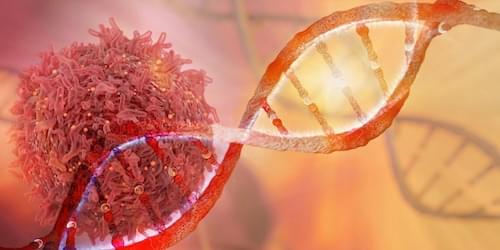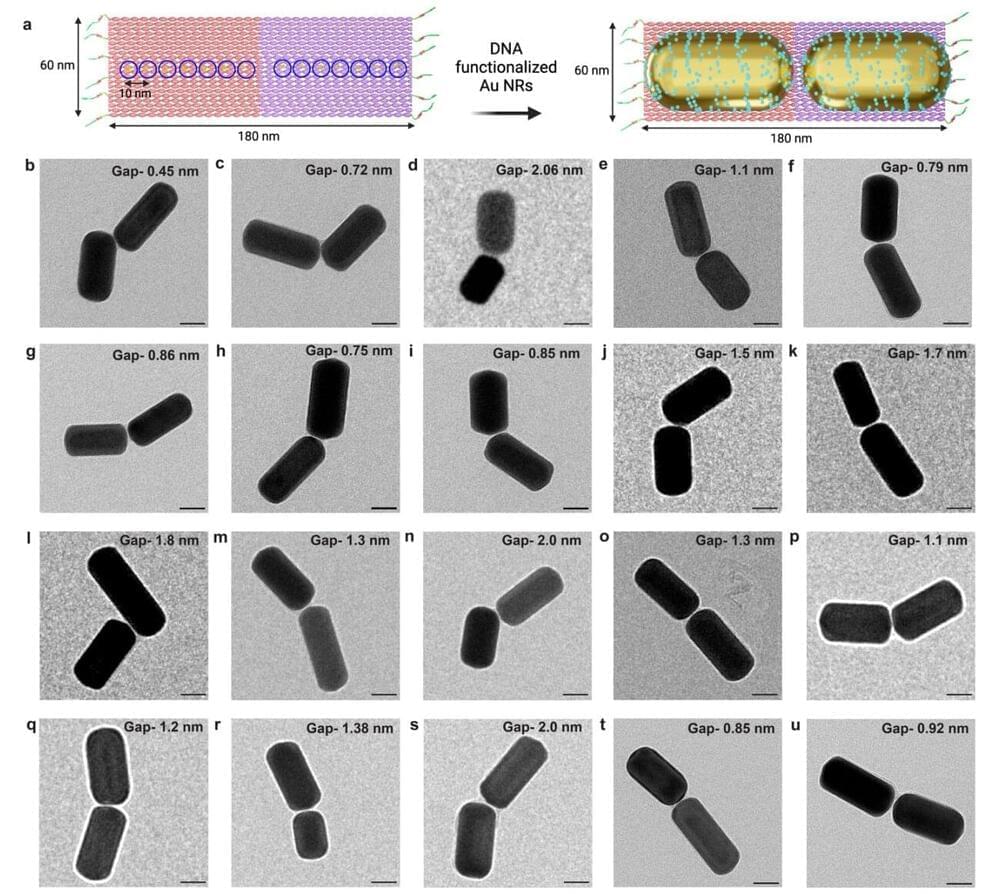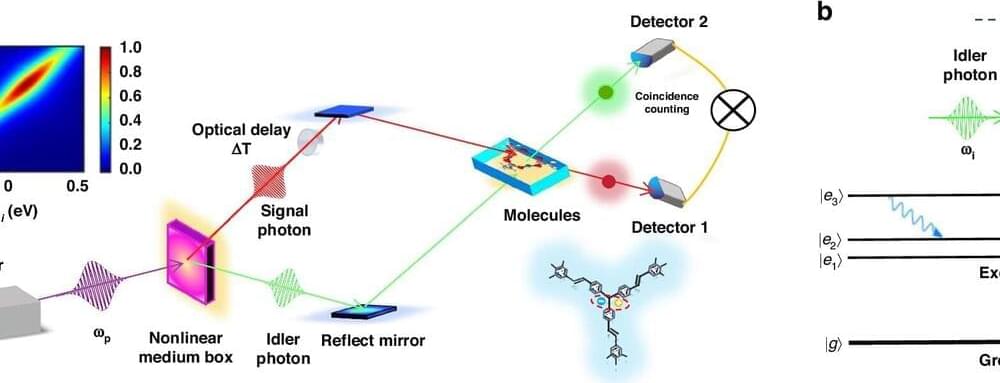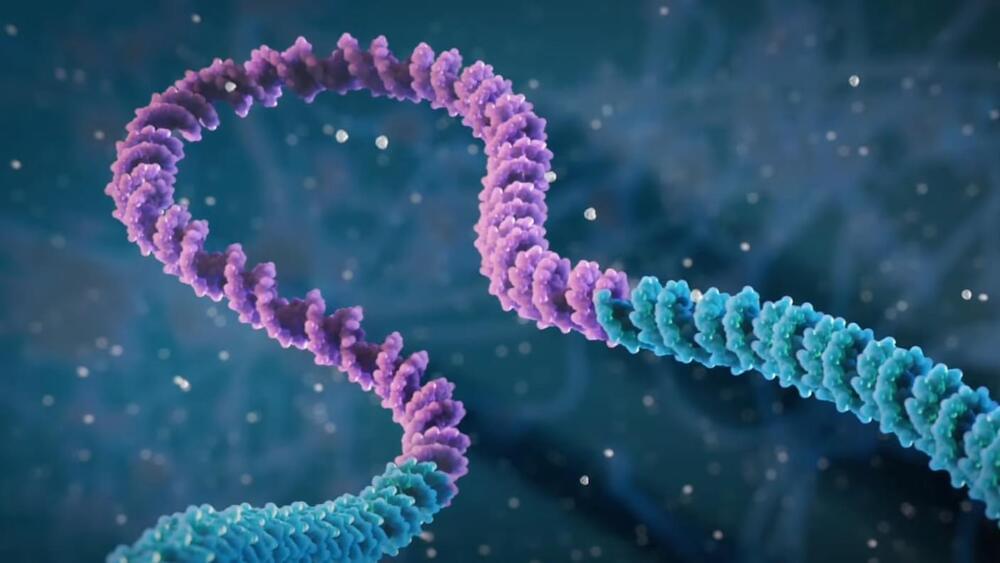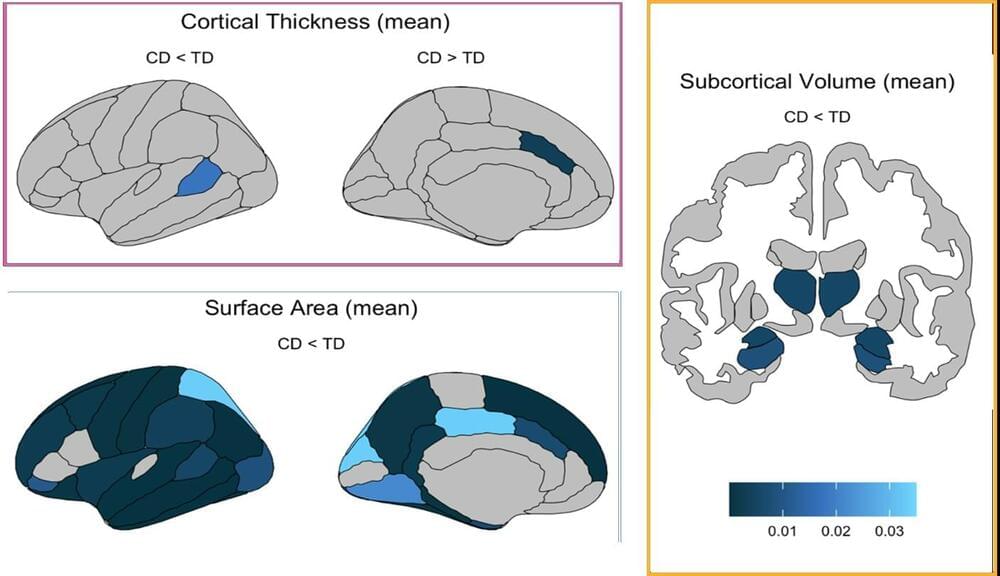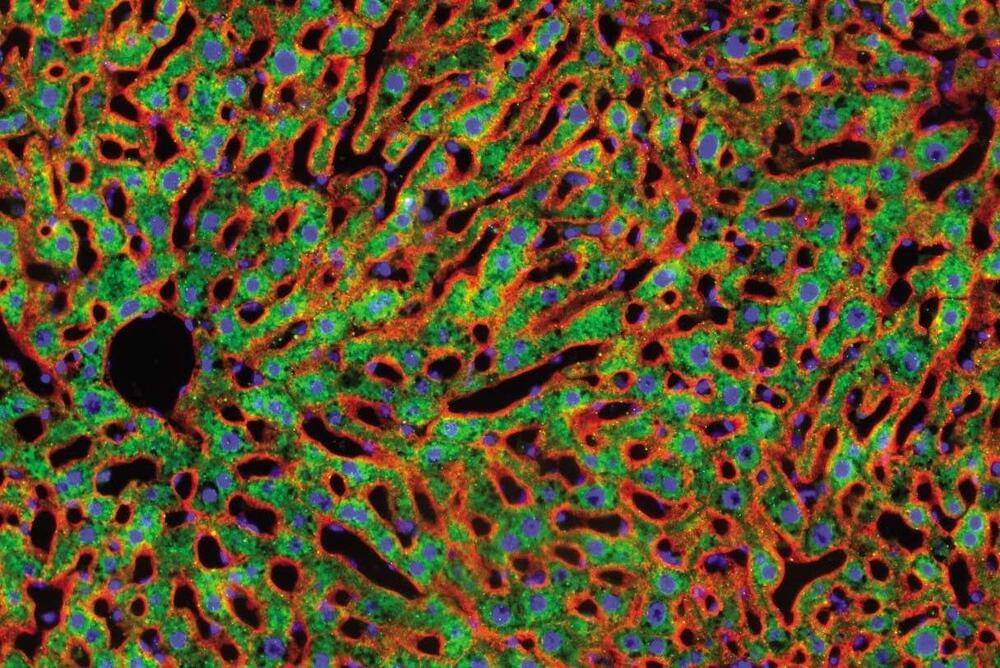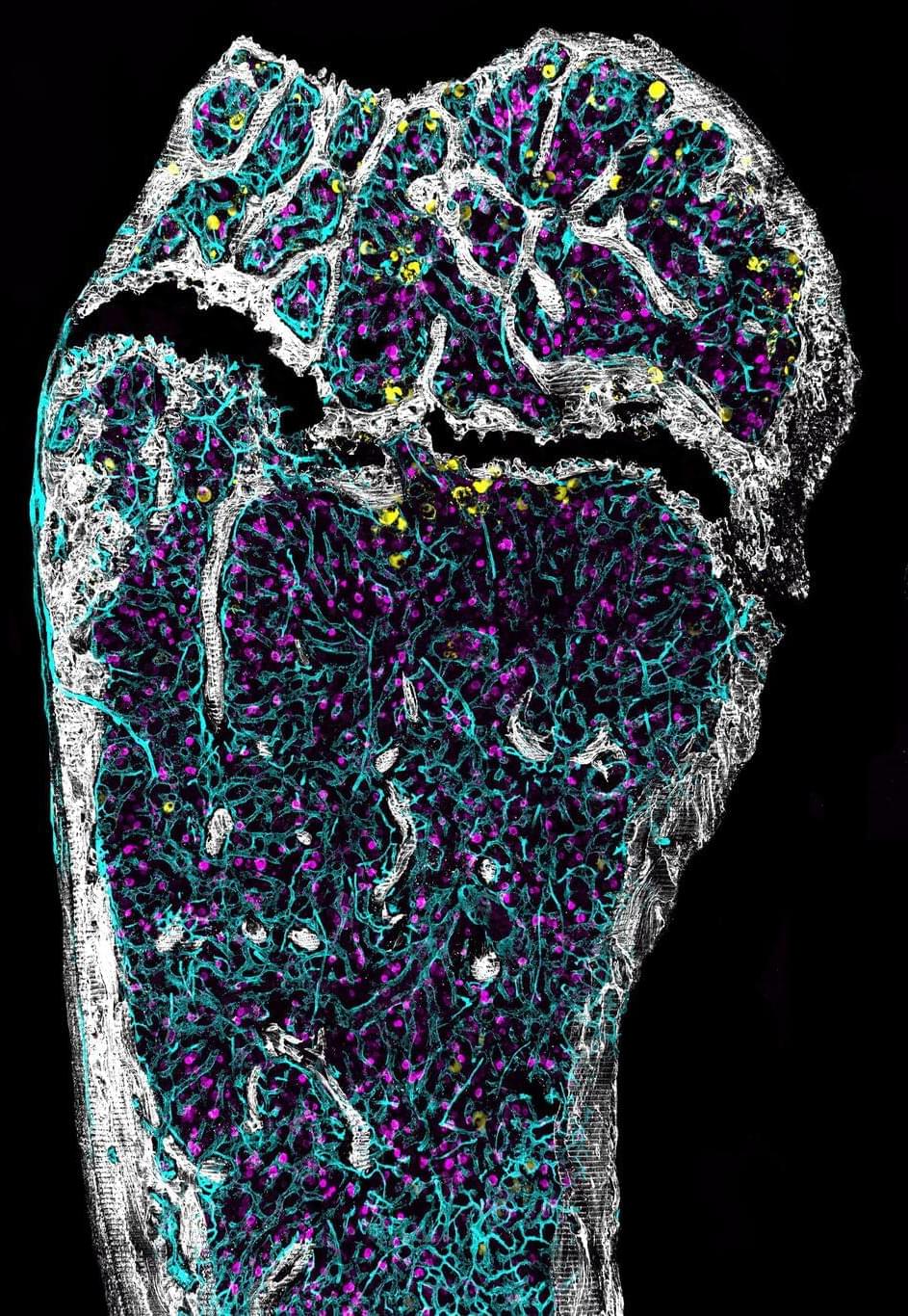Jul 19, 2024
Brain implant patient says OpenAI’s tech helps him communicate with family
Posted by Roman Kam in categories: biotech/medical, mobile phones, robotics/AI
A 64-year-old named Mark has spent the last year learning how to control devices like his laptop and phone using a brain implant. And thanks to OpenAI, it’s gotten a whole lot easier to do.
The neurotech startup Synchron said Thursday it’s using OpenAI’s latest artificial intelligence models to build a new generative chat feature for patients with its brain-computer interface, or BCI.
A BCI system decodes brain signals and translates them into commands for external technologies. Synchron’s model is designed to help people with paralysis communicate and maintain some independence by controlling smartphones, computers and other devices with their thoughts.

